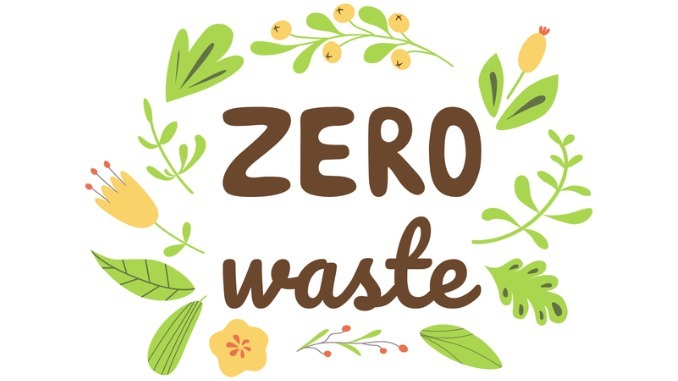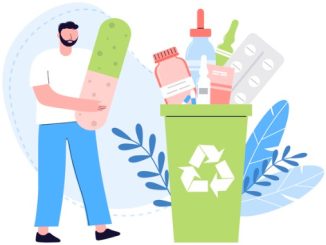
Transitioning to zero waste can feel like a daunting task, but by breaking the process down into manageable “waste-free zones,” practice managers can tackle the challenge step by step
For many GP practices, the journey to zero waste may seem challenging, especially when resources are limited. Larger practices may have access to support programs, external consultants, or specialised courses that help implement waste-reduction strategies. However, for smaller practices or those with limited budgets, the responsibility of transitioning to zero waste often falls on a small team or even just one person. This can feel overwhelming when trying to manage waste reduction across an entire practice.
By breaking down the process into manageable steps and focusing on specific areas within the practice, meaningful progress can be made without overwhelming staff.
Establish Waste-Free Zones
Rather than attempting to eliminate waste across the entire practice all at once, it’s more practical and effective to focus on identifying specific areas where waste reduction is most achievable. Starting by targeting departments or areas that generate the most waste helps create manageable goals and fosters a sense of accomplishment. This allows practices to address the biggest challenges first before expanding their efforts to other parts of the practice.
For example, the waiting area and consultation rooms in a GP practice are likely to be high-waste zones, with paper waste from patient forms, disposable plastic cups and medical packaging. By creating a waste-free zone in these areas, the practice can introduce reusable cups and water dispensers and implement proper recycling procedures for medical packaging. Starting with these waste-heavy zones not only allows the practice to see visible and immediate results, but it also helps build momentum. Once waste-free practices are established in the most critical areas, the practice can gradually expand its efforts to other departments.
Understand Waste Fluctuations
Understanding the type and volume of waste generated in the practice is crucial for effective waste reduction. Practice managers should assess what waste is being produced, when it’s being generated and whether any fluctuations impact waste production (such as during flu season or vaccination clinics). Since waste challenges vary by the type of practice and its activities, taking a targeted approach helps to prioritise the most significant areas for improvement.
For example, during flu season, practices may see an increase in medical waste due to higher patient numbers and the increased use of disposable items like gloves, syringes and vaccines. To reduce this, the practice can focus on using more sustainable alternatives, like recyclable vaccine packaging. During this busy time, practices can also streamline administrative processes to reduce paper waste, like offering online appointment bookings and digital reminders.
Achieving Long-Term Success
Transitioning to zero waste doesn’t happen overnight, but by focusing on manageable steps, GP practices have the best chance for long-term success. By focusing on one area at a time – whether it’s reducing paper waste in administrative areas, eliminating single-use plastics in the waiting room, or improving recycling practices in treatment rooms – practices can gradually reduce waste without disrupting operations.


Be the first to comment